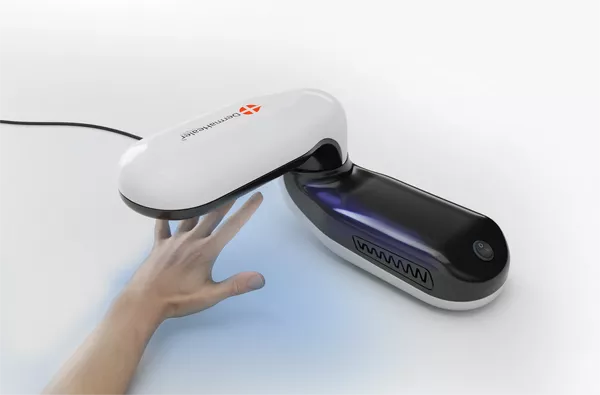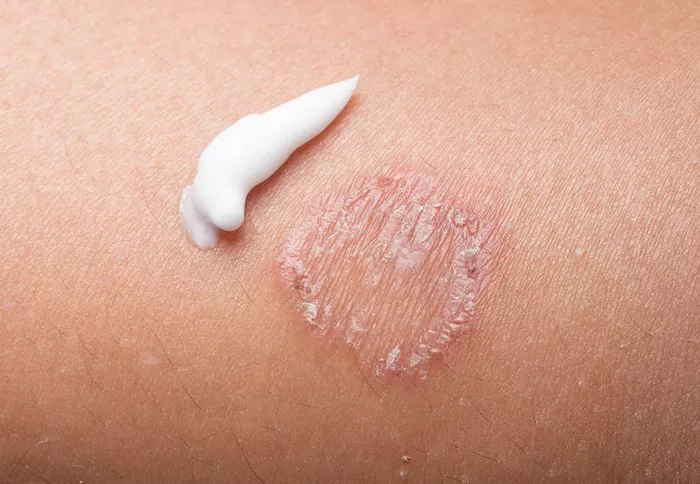Research from Penn Medicine indicates that patients can achieve significant skin improvement using home-based phototherapy devices.
For years, patients with psoriasis have relied on narrowband ultraviolet B (nbUVB) phototherapy, typically administered in clinical settings, to alleviate symptoms such as sores and inflammation. However, a new study conducted by researchers at the Perelman School of Medicine at the University of Pennsylvania reveals that at-home treatment with phototherapy devices can yield comparable results.
The findings, published in JAMA Dermatology, stem from the Light Treatment Effectiveness (LITE) study. Researchers found that 60% of participants who adhered to the recommended phototherapy regimen—conducting treatments twice weekly—achieved clear or nearly clear skin after 12 weeks, regardless of whether they were treated at home or in a clinic. Notably, those using at-home devices reported higher compliance and convenience, minimizing the time and travel costs associated with clinic visits.
Dr. Joel Gelfand, the study’s lead author and medical director of Penn’s Psoriasis and Phototherapy Treatment Center, emphasized the immediate implications of the research for clinical practice. “Many insurance companies cover at-home phototherapy but complicate the approval process, causing unnecessary delays in patient treatment,” he stated. Gelfand urged insurers to streamline coverage for at-home therapies and for dermatologists to consider prescribing them when suitable.
The Efficacy of At-Home Phototherapy
Phototherapy involves machines that deliver specific wavelengths of ultraviolet light, effectively treating psoriasis without exposing patients to the harmful rays found in commercial tanning beds. Often, this treatment is combined with oral medications and biologic therapies; during the LITE study, 12% of participants were using such medications.
Accessing clinic-based phototherapy can be challenging due to the number of required sessions and associated travel costs. On average, patients spent about 50 minutes commuting to appointments, with travel costs averaging $20 per visit.
The LITE study enrolled 783 participants, aged 12 and older, diagnosed with plaque or guttate psoriasis. Patients were randomly assigned to receive either home-based or in-clinic nbUVB treatment over a 12-week period, followed by a 12-week observation phase. Home patients received phototherapy devices, training, and tailored prescriptions based on their skin type and sensitivity.
Among those who maintained the twice-weekly treatment, 60% achieved clear or nearly clear skin, with 33% of home patients and 26% of in-office patients meeting this benchmark. Importantly, home treatment participants were over three times more likely to adhere to the treatment schedule, and there were no reports of adverse side effects leading to discontinuation of the study.
Increasing Treatment Options for Patients
Dr. Gelfand noted the preference some patients have for medication-free treatment due to the potential side effects of traditional psoriasis medications, which can include a heightened risk of infection. “This study enhances the available options for both clinicians and patients, empowering individuals to choose treatment that aligns with their needs,” he explained.
In an effort to enhance diversity in medical research, the LITE study included participants from various ethnic backgrounds to assess treatment effectiveness across different skin types. The results indicated no significant differences in the effectiveness of at-home versus clinic-based phototherapy, with home treatment generally yielding better adherence.
Significantly, patients were involved at every stage of the study, contributing to its design, outcomes, and analysis. Their input, along with guidance from the National Psoriasis Foundation, played a crucial role in the research.
The LITE study received support from the Patient-Centered Outcomes Research Institute (PCORI), with Daavlin Company providing the home phototherapy devices at no cost to participants.
This research marks a pivotal step in expanding treatment options for psoriasis patients, offering a more accessible and potentially more effective avenue for managing their condition.
Related topics:



























